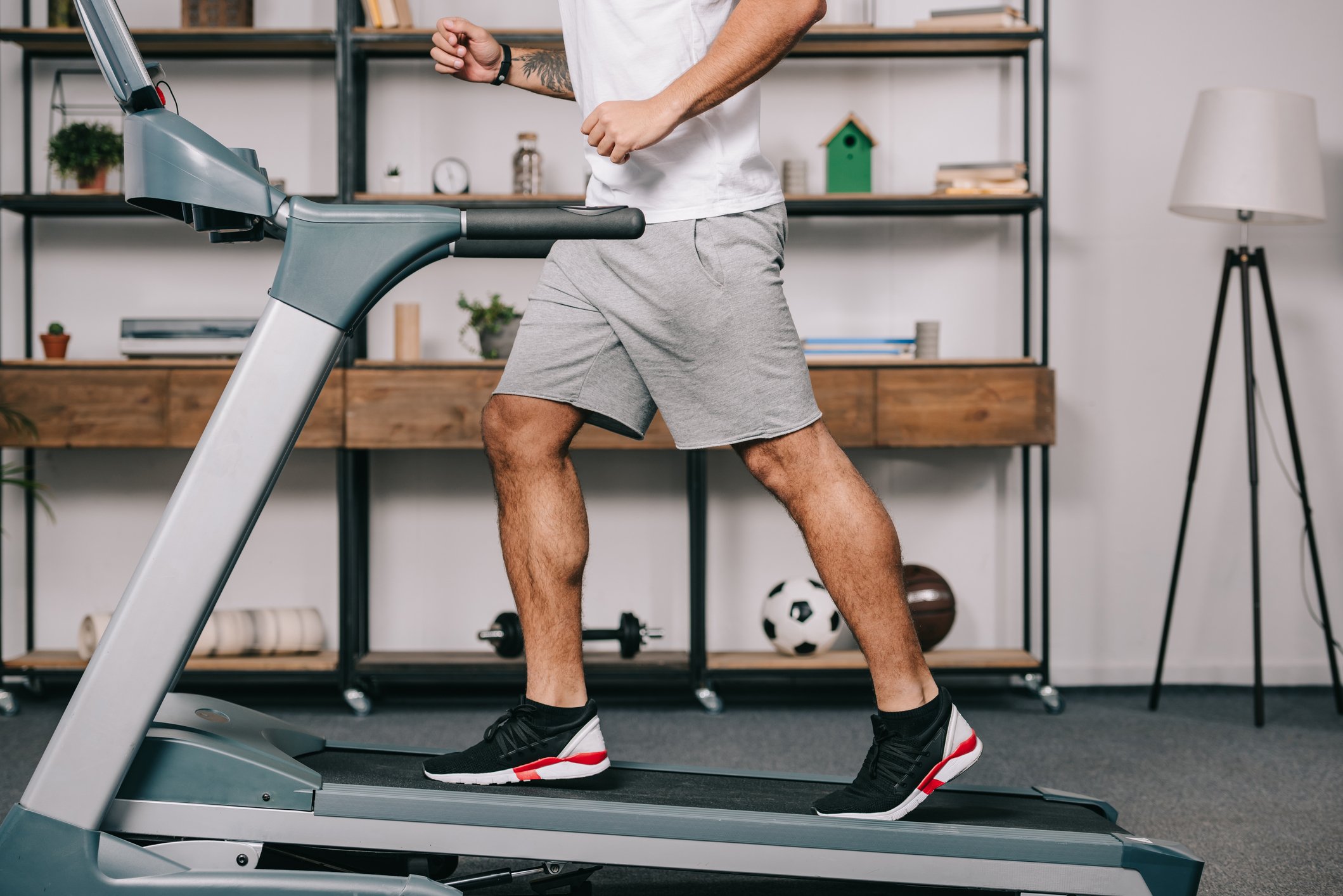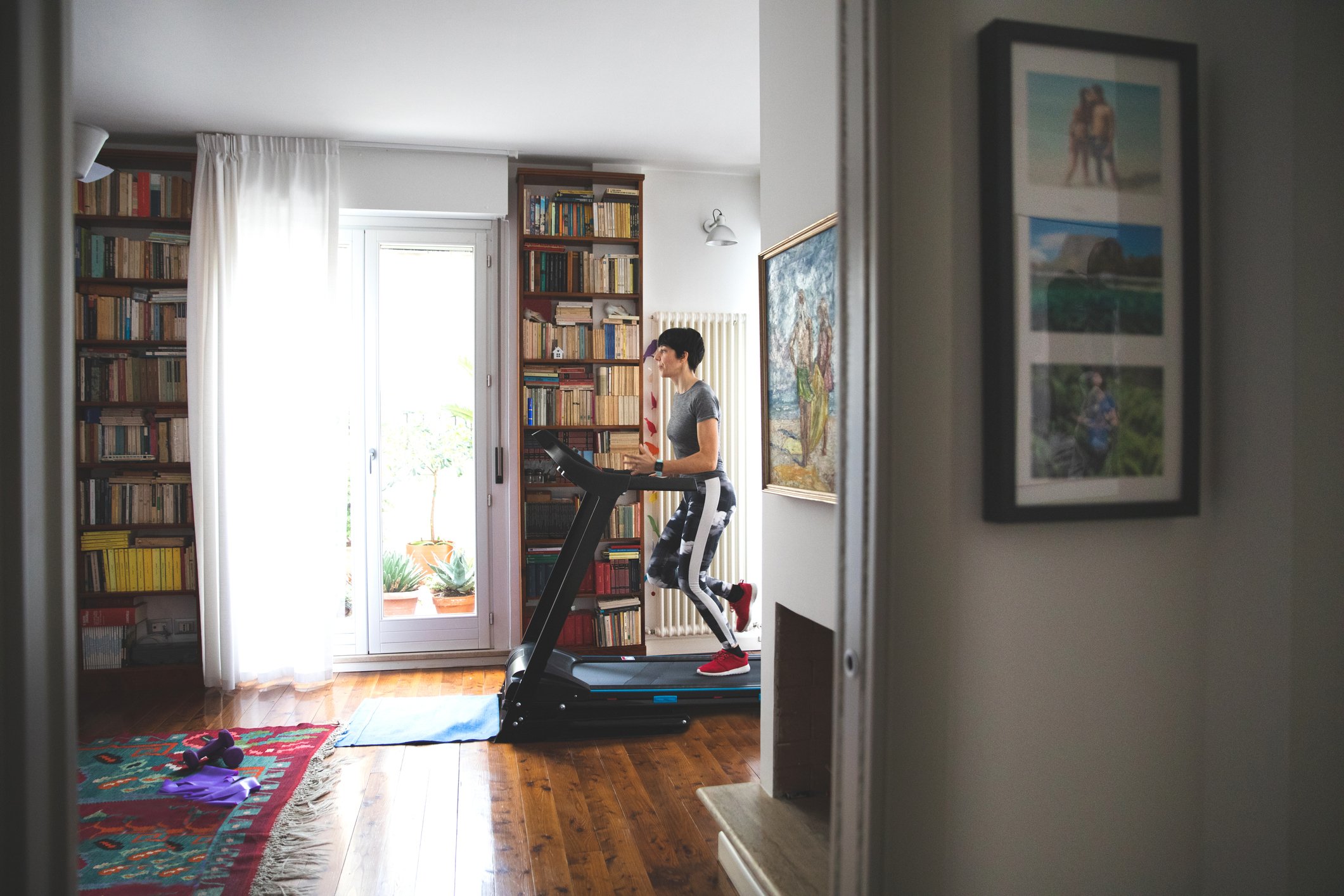Maybe you are tired of staring at the same four walls all day or your body is just aching to get moving again. Or, perhaps your waistline is growing like that blueberry girl from Willy Wonka’s Chocolate Factory.
If yes, you might have pondered buying an at-home exercise machine or already splurged on one in hopes that you can shed a few pounds or keep your joints from stiffening up and pass some time.
Apart from a spinning bike, the first contraption most people have preferred to add to their repertoire of at-home electrical exercise equipment has been a treadmill. It is easy to see why: You just hop on, walk or run for the amount of time you find sufficient and can even make it harder for yourself by upping the incline. However, doctors and physiotherapists are warning that the activity itself should not be taken lightly and can cause serious injuries if exercisers are not careful.
Especially if you have never seriously run before and are just starting to get into it, there are certain things you need to pay attention to.
How long to walk or run
Speaking to Ihlas News Agency (IHA), Specialist Özlem Karasimav from Ankara City Hospital’s Physical Therapy and Rehabilitation Center said beginners should strive to get in 20 to 30 minutes of walking to get used to that tempo before increasing the length or speed.
“Overall, walking is frequently preferred over running to maintain fitness and combat chronic diseases because it is an easy, low-impact sports activity and can be done anytime. Although walking out in the fresh air is recommended more, walking at home on your treadmill could also be beneficial in such periods when leaving our houses is restricted. However, using a treadmill correctly is important in achieving your (fitness and health) goals,” she said.
Once you improve your conditioning, this period can be extended gradually to 45 minutes or be divided into two sets of 20 minutes of walking and 10 minutes of running at a moderate speed.
Stating that a 30-minute program is ideal for starters, Karasimav said: “In the first 15 minutes of activity, your body burns the carbohydrates from your last meal. After the 15-minute mark, your body starts burning fat, and your endurance increases to produce more energy.”
She also recommended doing at least five minutes of warm-up exercise to protect your joints and muscles from injury.
According to Karasimav, five minutes of warm-up and cool-down is crucial when running or jogging.
The ideal speed she recommends for these pre- and post-workout exercises is to walk at a speed of 1.5-2 mph (2.4-3.2 km/s).
Running and medical conditions
So what is the correct way to use a treadmill?
Karasimav says people with any preexisting medical conditions and older adults need to be more careful than the rest.
“Be sure to take your medications on time if you are a sufferer of chronic disease. Since sudden movements can cause changes in blood pressure, make sure you slowly transition between movements,” she said, adding that it is always best to start slow, warm up and build up speed and endurance from there.
She cautioned that those with joint or spinal problems should consult their physicians first before embarking on a fitness journey at home.
“They (doctors) will be the ones to determine whether your exercise program will include light (i.e. slow walking) or medium to heavy (speed walking or running) activities. Know your treadmill and its settings and features well and use it with care,” she said.

Choosing ‘the one’ for you
Choosing the right treadmill is also a tough decision.
Karasimav recommended that those with joint problems use machines with softer deck cushions to lessen the impact on joints.
“You should be choosing your treadmill according to your body, making sure it will be able to accommodate your body weight and choose an appropriate band width,” she added.
When it comes to running, the articles of clothing and the shoes you wear are as important as the machine itself.
“Use comfortable running shoes. Look for ones with shock absorber soles, good heel and arch support and a wider nose. Wear thick, cotton socks. Opt for longer, crew-cut socks over socket socks to prevent rubbing and blisters,” Karasimav said.
Final notes and tips
Never get cocky when you use a treadmill – that safety key is there for a reason. Even if you are a long-time treadmill user, it is better to be safe than sorry by keeping the safety key attached to you to prevent any injuries or falls, Karasimav said.
Even if it is a 20-minute exercise, you might sweat a lot and lose a lot of water, she warned, adding, “Make sure you have at least half a liter of water with you during exercise.”
Consuming 500-700 milliliters of water at least 90 minutes before you start exercising is also a good idea, she said.
It may seem unnecessary but always use the toilet before you go for a run.
“Giving a toilet break mid-exercise will not only interrupt the rhythm you have going but also sabotage your aerobic goals,” Karasimav noted.
Another important point to pay attention to is moving your arms while walking or running in harmony with your body movements, she said.
You may want to hold on to the front or the side bars of the treadmill to preserve your balance, but that will create bad posture and lessen the number of calories your burn, she added.
Last Updated on Jun 09, 2020 3:27 pm by Yasemin Nicola Sakay










Discussion about this post